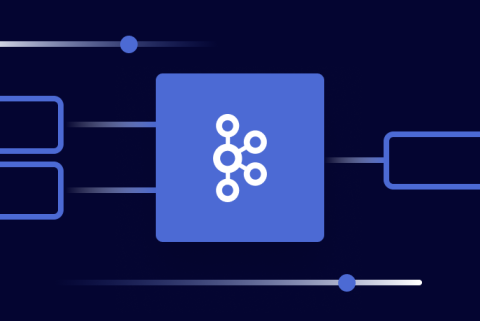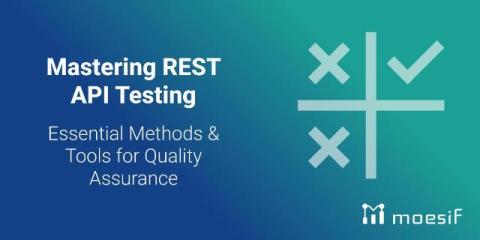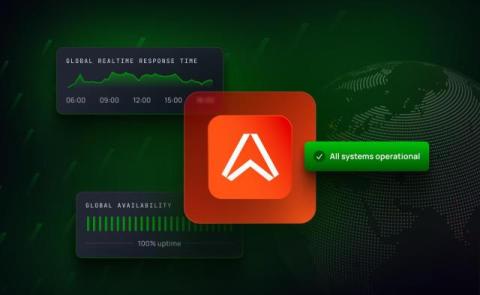Python Virtual Environment: A comparison of venv, pyvenv, pyenv, virtualenv, virtualenvwrapper, and pipenv
To maintain consistency and avoid challenges between different projects, you need to manage dependencies and isolate their project environments. Virtual environments solve this problem by allowing dependencies to be installed in isolated environments without affecting the Python installation system-wide. We'll compare venv, pyvenv, pyenv, virtualenv, virtualenvwrapper, and pipenv for creating isolated Python environments.











